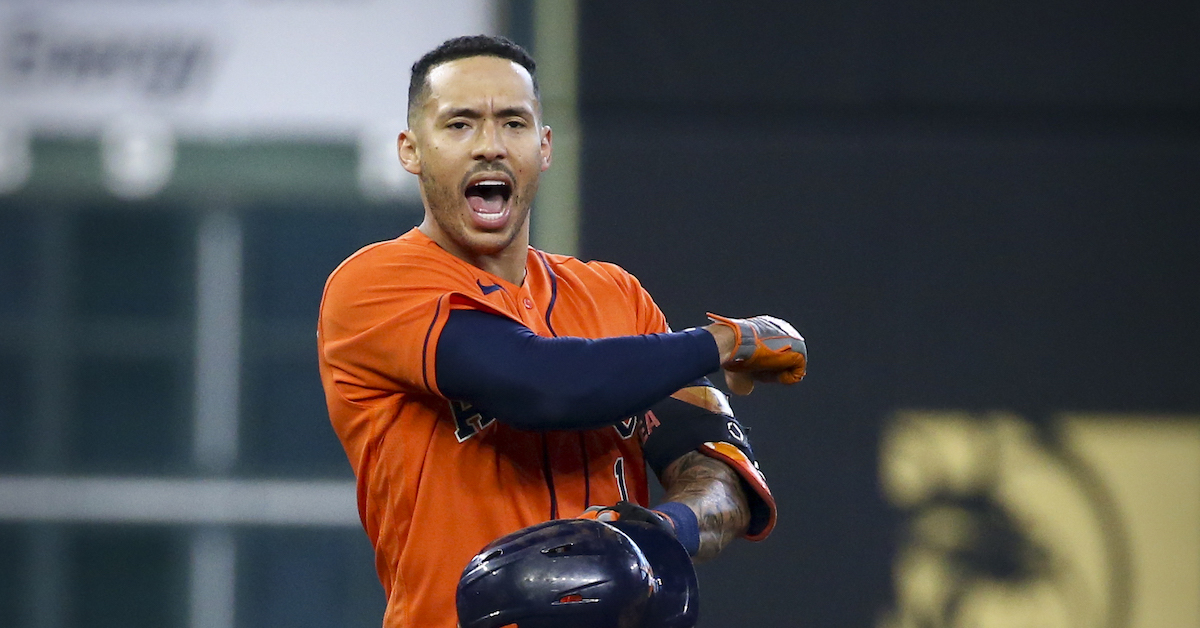The Mariners Add Sergio Romo to Shore Up Their Fun Differential

I have a schematic in my head for how a major league team can assemble a dominant bullpen. You, as someone who reads FanGraphs, probably have an idea in your head for how a major league team can assemble a dominant bullpen. They’re probably the same ideas – assemble a stable of guys who can throw 98. If that doesn’t work, assemble a stable of guys who can throw 99, and add wipeout sliders until it clicks.
The Mariners had one of the best bullpens in baseball last year, and they nearly rode that unit – and their resulting excellent performance in close games – to the playoffs. You don’t coin “fun differential” if you don’t have a good bullpen. Yesterday, the team bolstered this year’s version by signing Sergio Romo to a one-year deal worth $2 million (or up to $2.25 million with incentives). In doing so, they added to a truly interesting unit that will look to back up last year’s spectacular performance while eschewing the way that their competitors look to combine relievers, at least to a degree.
In 2021, 135 relievers threw at least 20 innings while averaging 95 mph or higher on their fastballs. The Mariners will employ one of them – Diego Castillo – this year, and he’s only on the list due to his rarely-used four-seamer, as his sinker dipped below 95 last year. They have some other flamethrowers in their ‘pen – Andrés Muñoz throws 100, but missed most of 2021 with injury. Ken Giles might qualify as a flamethrower eventually, but his recovery from Tommy John so far has him topping out at 95. Read the rest of this entry »








